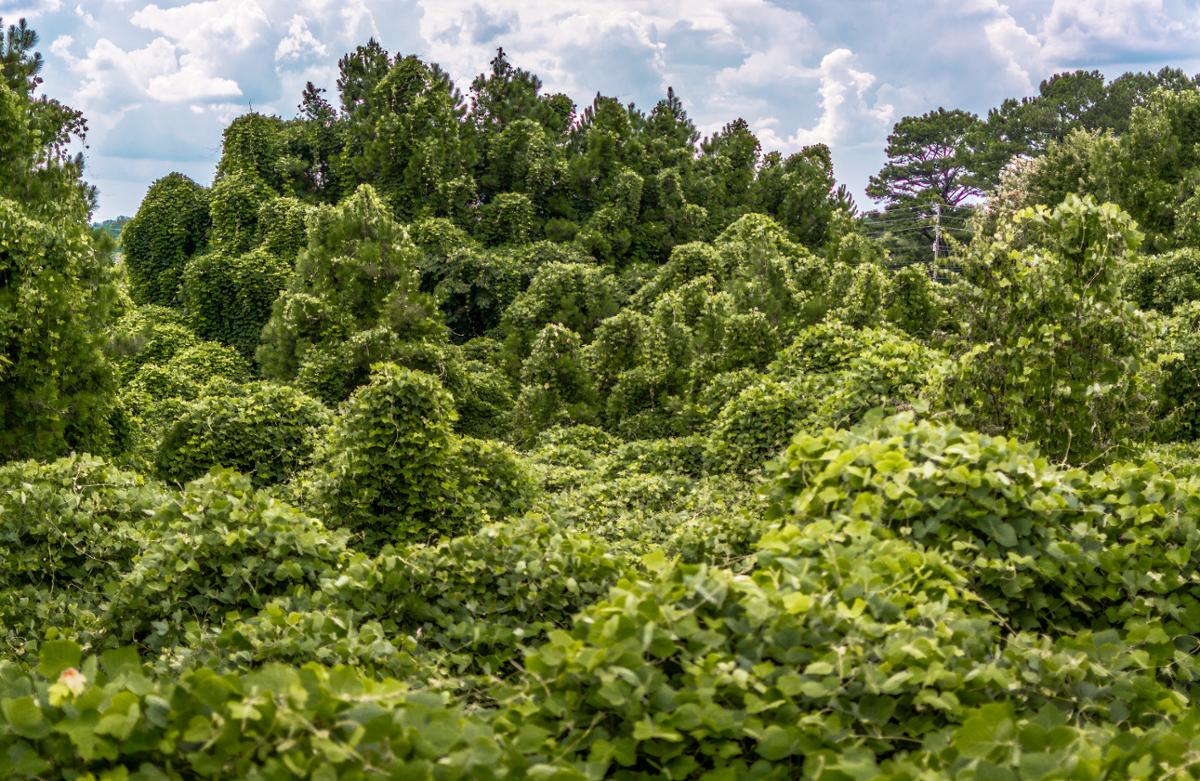Just as animals are often driven to great lengths, literally and figuratively, to propagate their species, plants too are driven to reproduce. To do this, plants need to disperse their seeds, so that they have space to germinate and grow. Seeds have evolved all sorts of different packaging to aid in their dispersal. Some travel by wind, some by water, some by way of animals. This latter form is known as zoochory.
Seeds encased in fleshy fruits, like berries, may attract animals' appetites. When an animal consumes a fleshy fruit, it disperses the seeds through its excrement. Nuts attract animals too, but because most nuts are single tree seeds, they're usually destroyed if eaten. Exceptions include when a squirrel stores away a nut that it never recovers or, more rarely, when birds such as blue jays manage to transport a nut.
Other seeds are packaged in hooked fruits, like the sticker burs of a sandbur plant, which easily attach to the fur or feathers of animals. Still other seeds, like those of violets, have fatty attachments called elaiosomes, which attract ants. Ants carry these seeds home to feed the elaiosomes to their larvae and then they throw out the intact seed.
Humans have played an interesting role in seed dispersal by transporting animals carrying seeds and thus inadvertently introducing plants to new regions. In other cases, we have transported plants intentionally, often with good intentions. Whether intentional or not, human dispersal of seeds can cause problems. Take kudzu, for instance. It was introduced to provide quick ground cover for control of erosion, but has wreaked havoc by crowding out native plants in the Southeastern part of the U.S.










